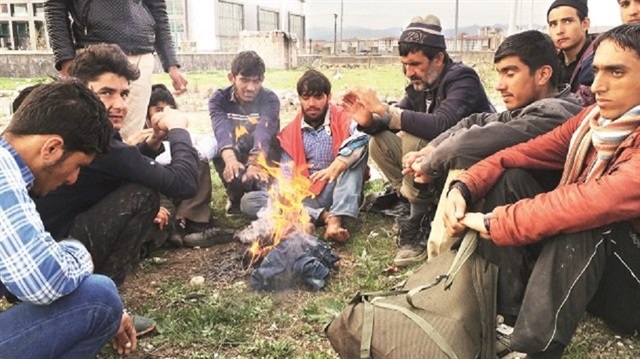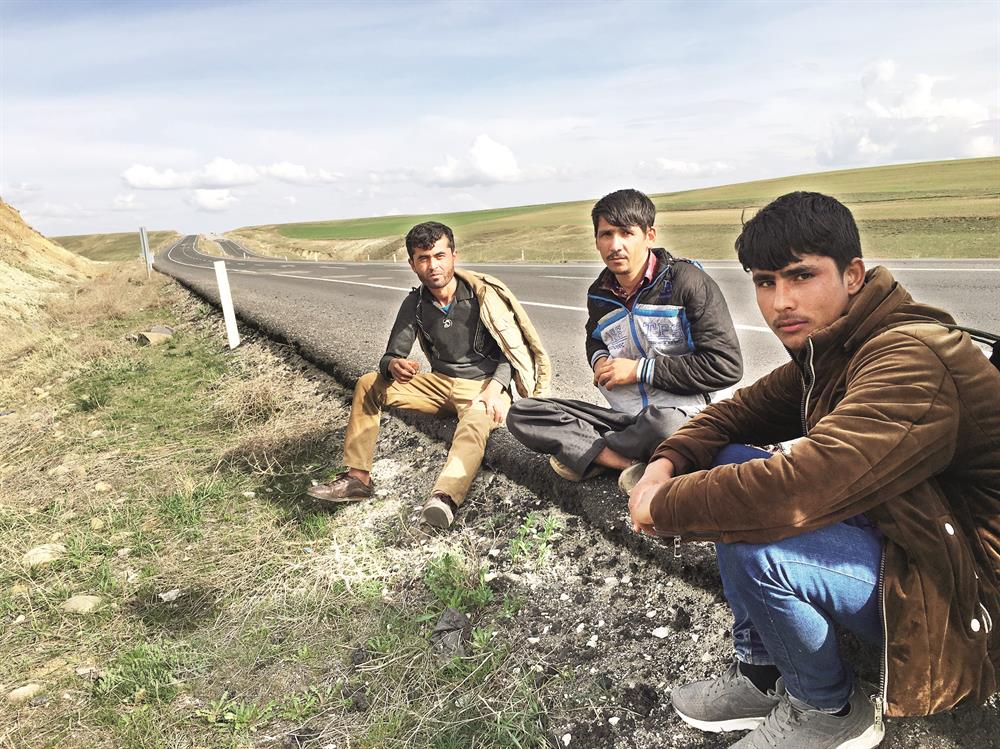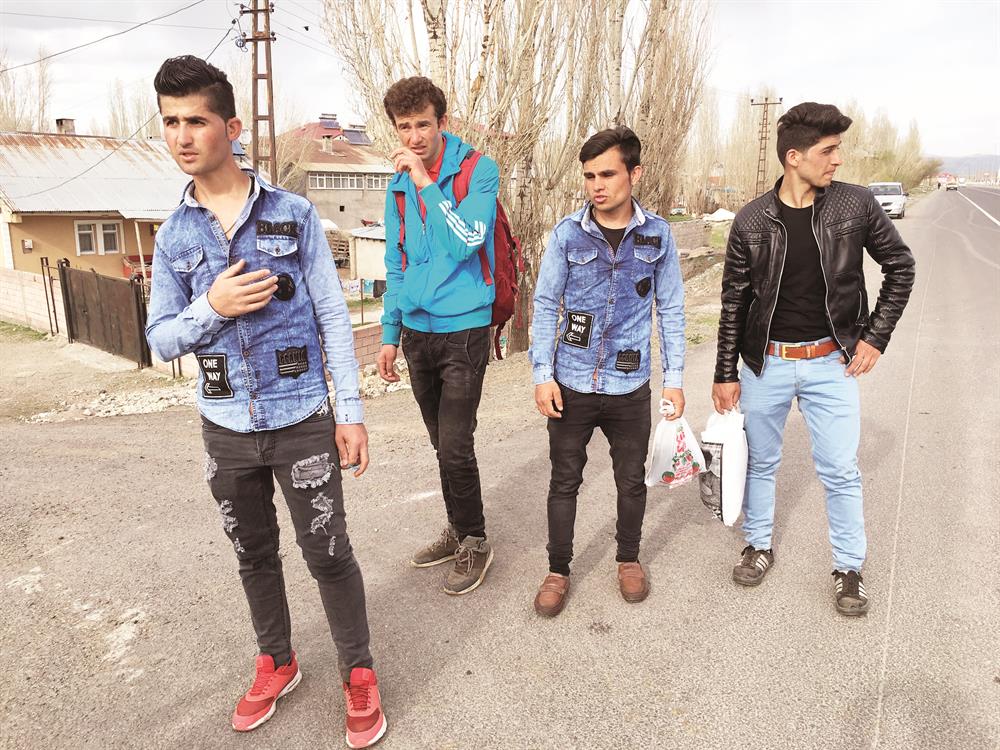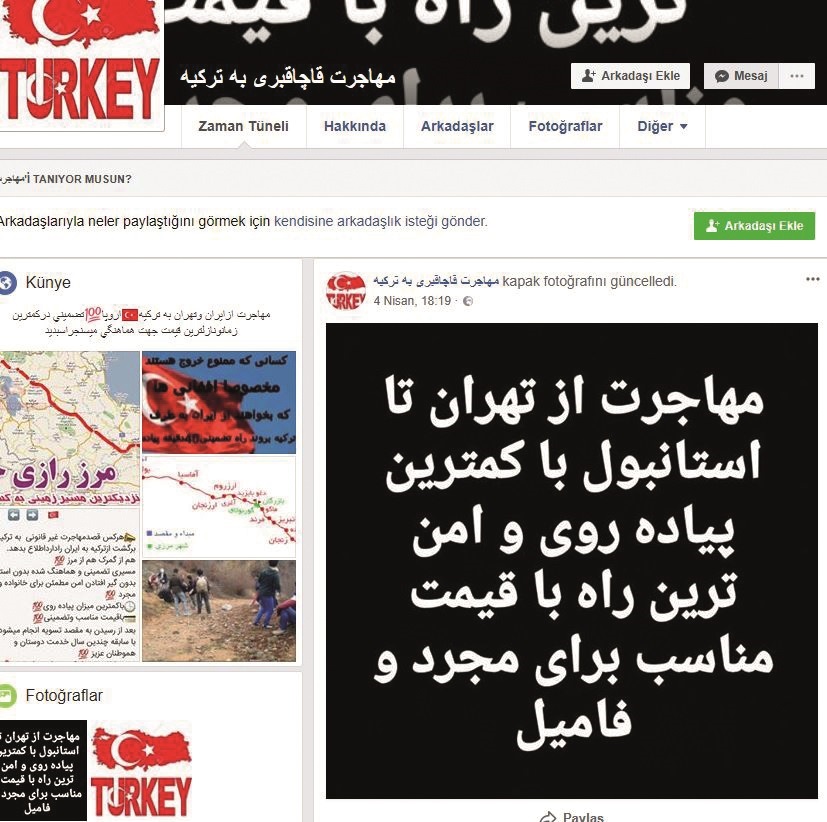
The instability in Afghanistan, the US initiative to redesign the region and the economic crisis in Iran are among the most critical factors spurring a boost in illegal migrant entries to Turkey
It is feared that foreign fighters with military training may be among the approximately 50,000 migrants who entered Turkey since February. An alert has been issued for the Iranian border, from which thousands of illegal migrants have entered Turkey. Security measures have also been increased to control illegal crossings into the country.
Ninety out of every 100 migrants are nationals of Afghanistan. Among the migrants are university graduates as well as mercenaries.
It is stated that regional governors prepared a report and sent it to the Interior Ministry and civil society organizations’ secretariat. Officials monitoring migrants say that their profile has changed over the years.

Iğdır Governor Enver Ünlü said that migrant smuggling in the eastern province Iğdır had reduced by 90 percent once a wall was erected on the Iranian border.
Ağrı’s Doğubayazit has become the center of migrant smuggling, as 90 percent of the incidents occur there. Currently, a wall has been erected along one third of the 120-kilometer-long border with Iran, and other points will be closed off with barbed wire.
The migrants travel from southern or northern routes after meeting with their smugglers in Iran’s Maku or Urumiye cities. Approximately 1,000 illegal migrants cross the border daily, and an average of 50 of them are captured. Migrants who escape security forces tend to settle in western provinces.
Captured immigrants need to be kept at Return Centers (RC). Neither Iğdır nor Doğubayazıt have an RC. Immigrants caught in nearby provinces are taken to the RC in the city of Erzurum. The capacity of this center is 1500 persons, and immigration officials say that detailed criminal inquiries cannot be made because of the high traffic.
Turkey covers the costs of migrants returning to their home countries, as it would cost more if they were to remain in Turkey.
Migrants do not carry identification with them in order to achieve refugee status, and their name and occupation are noted as they describe, and questions about their ethnicity or religious sect are not asked for moral reasons.
Among the illegal migrants who enter Turkey, some are Hazara people who migrated from Afghanistan to Iran and were then hired as mercenaries in Syria. Exact figures, however, are unknown.
One of the migrants Yeni Şafak spoke with said that he worked in Iran for four years.
“Inflation rose. Money had no value in Iran, so I left. I came here by walking for 10 to 15 days. Iran took Afghan migrants to Syria and made us fight. They took Shiite Afghans. There’s no humanity in Iran. They treated us like we were animals. We have no choice but to come to Turkey,” the migrant said.

Amanullah, Ataullah, Abdul Malik and Abdul Kasım are just four of thousands of migrants who have entered Turkey. Ataullah said that they passed Turkey’s border 10 days ago, and that they walked for seven days. He added that he served as a soldier in Afghanistan for six years, three years under conscription and three years as a mercenary.

Among one of the reasons for the increase in illegal migrant traffic is that there is misinformation among Afghans waiting in Iran that entering Turkey will become more difficult. Migrant smugglers distribute thousands of brochures in Afghanistan, stating that once Turkey erects the wall on its Iranian border, entering will be more difficult and expensive.
The instability in Afghanistan, the U.S. initiative to redesign the region and the economic crisis in Iran are among the most critical factors spurring a boost in illegal migrant entries to Turkey.
Hello, the comments you share on our site are a valuable resource for other users. Please respect other users and different opinions. Do not use rude, offensive, derogatory, or discriminatory language.
The floor is all yours.









